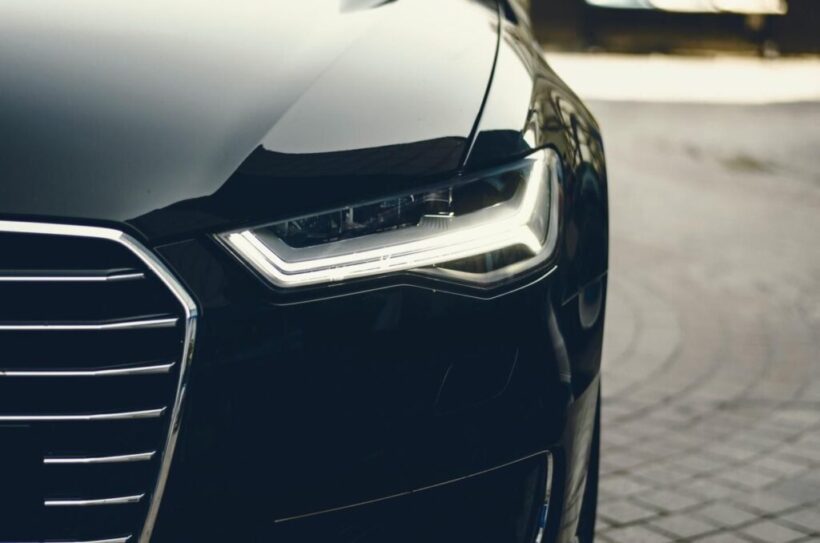Taking care of a vehicle’s paint is one of the most usually disregarded aspects of essential auto maintenance. While many people wrap their cars with transparent vinyl paint protection film (PPF) or ceramic coating, others do nothing to extend the life of their car’s paint.
It’s essential to know what strips paint off a vehicle. In addition to keeping your car looking new, maintaining its paint may help you boost its market value if you decide to resell it later.
Here are some things you didn’t know that may ruin your car’s paintwork.
1. Parking your car under the sun
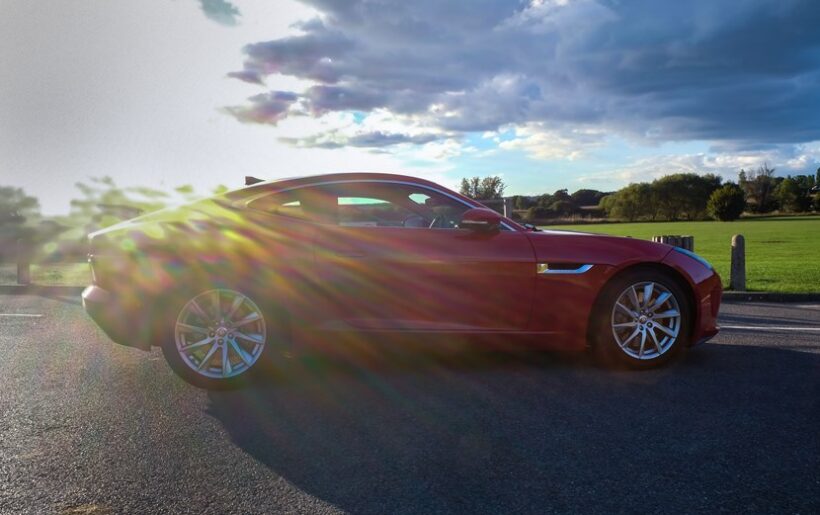
When your vehicle is left out in the sun for an extended period on a sunny day, the paint may suffer significant damage from the sun’s ultraviolet (UV) radiation. Paint on cars eventually fades because of constant exposure to sunlight.
The paint on your car might deteriorate, and the inside components can deteriorate from oxidation if you park in direct sunlight. Premature aging and deterioration of your car’s resale value are effects of sun damage to the paint.
If you leave your car out in the sun for too long, the UV rays will destroy the molecular connections, making the paint less reflective, the paint fade, and the paint’s color seems dull.
Rapid temperature variations brought on by UV radiation may also cause deterioration by distorting the paint’s original form, which in turn causes dents and fading.
Parking your car in a garage or other enclosed area is one of the best methods to protect its paint from the elements. Without a garage, it is essential to shield your vehicle from the sun with a high-quality car cover.
2. Acid Rain
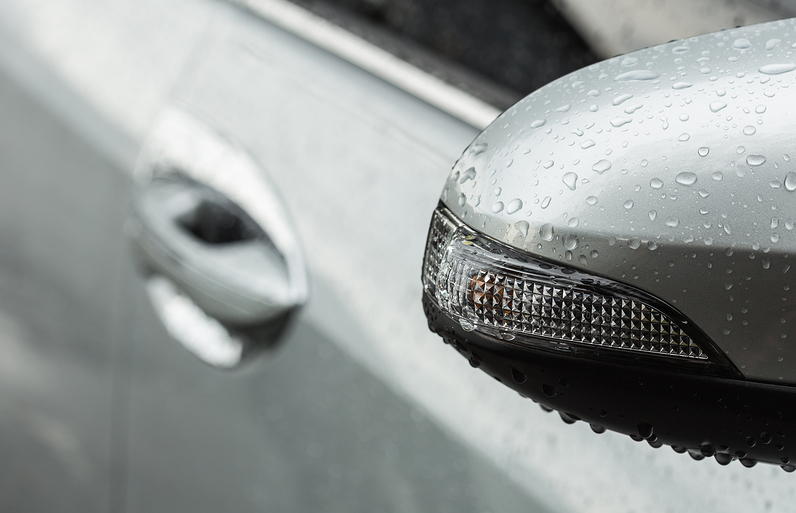
Acid rain may be thought of as any precipitation that contains hydrogen sulfate. The same applies to snow and rain. Almost all of these weather components find their way to cars, where they may damage the exterior. Water’s acidity may eat away at the paint and eventually corrode metal.
The acid substance remaining on the car’s surface after the water evaporates causes corrosion. The acidic ingredient may eat the paint in conjunction with other factors (such as sunshine).
Acid rain is especially harmful to vehicles with clear coats. The finish, which has been in use since the early 1990s, is reflective and may draw attention to flaws. The Environmental Protection Agency found that vehicles exposed to acid rain may be damaged. To avoid damage, the group recommends that cars be cleaned regularly. After a heavy downpour, it is also a good idea to dry the car by microfiber cloth or cover it entirely to prevent water damage.
3. Wash your car with the right products
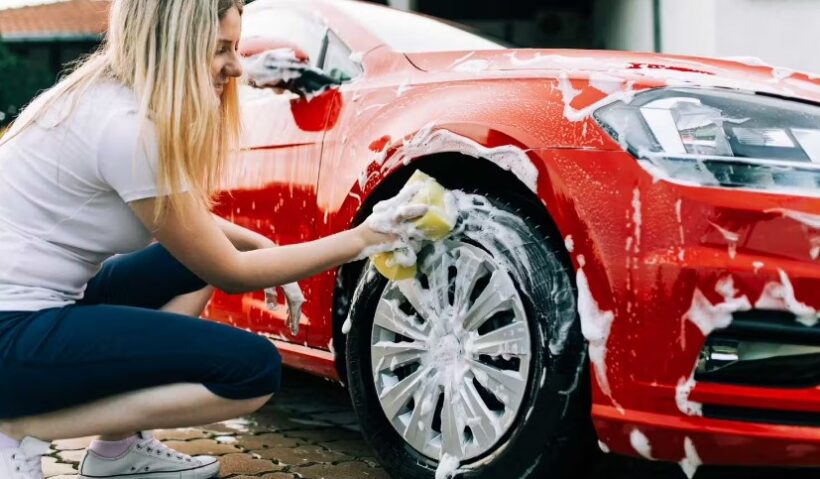
Using the wrong products to clean your car exterior may damage your vehicle’s paintwork. You can always start with the basics water and sponge to clean your car by buying car wash liquid. However, when purchasing your car wash liquid, Always aim for one with a pH that is as near to neutral as possible.
This can remove hard water spots that may have been left on your paintwork due to minerals in the mains water. Select a bubbling liquid to help remove grit and dust from your paintwork.
These solutions combine vehicle wash and wax in a single container. Although this may save time, it will not give the same level of protection or gloss as an additional polish and wax.
Get a car wash monthly membership with Spark Carwash to maintain your car paint if you want to avoid washing your car plus they are professionals who will take care of your paint.
4. Bird droppings
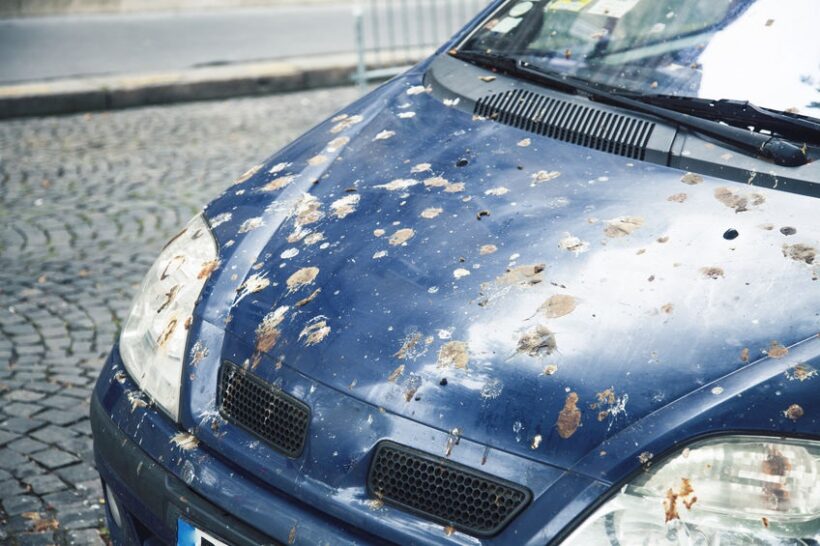
Due to their acidic and corrosive properties, bird droppings may cause severe damage to your car paint.
Bird poop has a high pH level (average, between 3.5 and 4.5), making it acidic enough to eat through the clear coat and the paint underneath.
While driving fast, bird poop may spread far and wide if you don’t clean them up. To prevent paint damage, you should promptly wipe it off. You should avoid parking your car in open areas, particularly those with trees.
To eliminate the poop, try using a solution of bicarbonate of soda and hot water. Add four teaspoons of bicarbonate of soda to one liter of boiling water in a bottle. Apply the solution to the affected area and let it sit for approximately 10 minutes. Afterward, use clean water to rinse it thoroughly. Do not wipe it off first since its abrasive nature might harm your car’s paint.
5. Gasoline Drips When Fueling
Sometimes you can overfill your gas tanks to get more in. Gas overflows and drips down the vehicle. Whilst it may be cleaned out, the gas’s interaction with the paint and the drying or wiping process can harm your car’s paint.
If you do spill any gasoline on your car, be sure to clean it up right away. A microfiber towel is an excellent way to wipe off accidents without risking ruining your paint.
6. Placing stuff on the top of your car
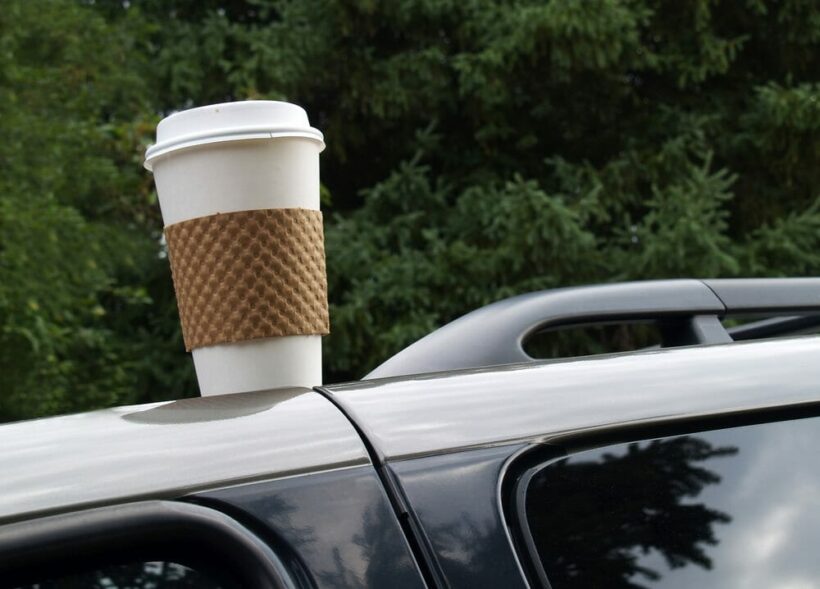
Sometimes when you are running off somewhere, you place your coffee or soda on the roof of your car. Take care not to get your morning coffee or a beverage on your car’s paint. If you put your drinks on top of your vehicle as you get in, make sure you don’t forget and drive away!
Coffee and soda are rich in acids and may chip away at your car’s protective coat of paint. If you spill one of these beverages on your vehicle, wash it immediately.
Another thing is using your car as a shelf when polishing your shoes. Shoe polish may stain the surface of a vehicle and is very difficult, if not impossible, to remove on your own. Allowing shoe polish to sit on your car for a long time is not recommended; if it does, go to your local automotive supply shop and seek professional help.

